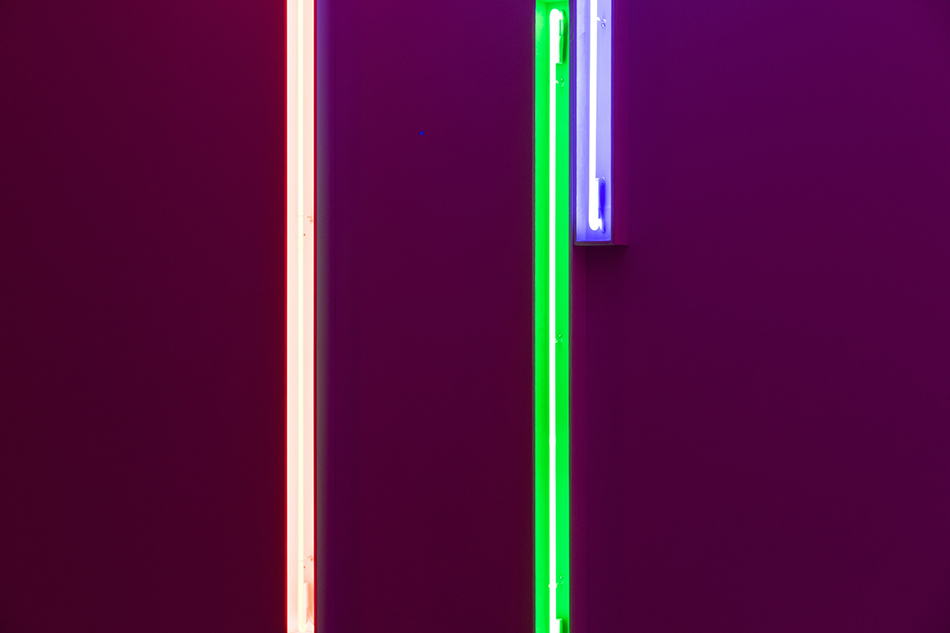Time:2025-05-19
In today’s retail landscape, shop windows are more than mere displays—they are dynamic storytelling platforms. Mini neon lights have become indispensable for retailers seeking to merge aesthetics with functionality, transforming storefronts into magnetic brand experiences. This article examines how mini neon lights elevate window designs, explores their role in modern retail strategies, and provides actionable insights for maximizing engagement and conversions.
The Evolution of Shop Window Lighting
Shop windows have transitioned from static product displays to immersive brand narratives. Mini neon lights amplify this shift by:
Creating Emotional Resonance: Warm glows or vibrant hues evoke specific moods—calm blues for wellness brands, energetic reds for fast fashion.
Driving Impulse Decisions: Eye-catching neon elements can increase spontaneous foot traffic by up to 40%, according to retail analytics.
Extending Brand Reach: Neon-lit windows serve as 24/7 advertisements, attracting attention in urban nightscapes and social media feeds.
From luxury boutiques to pop-up stores, mini neon lights bridge artistry and commerce, turning passive viewers into active customers.

Design Strategies for Maximum Impact
Effective neon integration requires strategic design thinking:
Focal Point Creation: Use neon to highlight new collections, seasonal promotions, or limited-edition launches.
Layered Lighting: Combine neon accents with backlighting or spotlights to add depth and dimension to displays.
Interactive Elements: Motion-sensitive or color-changing neon that reacts to pedestrian movement, fostering engagement.
Minimalist Narratives: Single-line neon quotes or abstract shapes that align with modern, clutter-free aesthetics.
For instance, a jewelry store might frame its window with delicate gold-toned neon to emphasize luxury, while a tech retailer could use pulsating blue neon to signal innovation.
Advantages Beyond Aesthetics
Mini neon lights deliver measurable business benefits:
Cost Efficiency: LED-based neon consumes less energy than traditional lighting, reducing overhead for round-the-clock operation.
Durability: Weather-resistant options maintain vibrancy in outdoor settings, ideal for storefronts in high-rainfall or sunny regions.
Social Media Amplification: Instagrammable neon designs encourage user-generated content, extending brand visibility organically.
Quick Adaptability: Modular systems allow rapid redesigns for holidays, sales events, or rebranding efforts.
Emerging Trends in Neon Window Design
Stay ahead with these 2024 innovations:
Augmented Reality (AR) Synergy: Neon-lit QR codes or AR triggers that unlock digital content via smartphones.
Biophilic Lighting: Pairing neon with natural materials like wood or stone to create calming, nature-inspired displays.
Retro-Futurism: Blending vintage neon aesthetics with holographic or metallic finishes for nostalgic yet cutting-edge appeal.
Localized Storytelling: Collaborating with local artists to design neon elements that reflect community culture or heritage.
Selecting the Ideal Neon Solution
Key considerations for retailers:
Customization Flexibility: Suppliers offering tailored colors, fonts, and shapes to match brand guideli
Compliance Assurance: Adherence to safety standards (e.g., fire ratings, low-voltage certifications) for public installations.
Supplier Expertise: Partners with experience in retail lighting who understand spatial constraints and customer flow dynamics.
Sustainability Credentials: Eco-friendly materials like recyclable silicone or solar-compatible power systems.
Overcoming Common Retail Challenges
Address pitfalls with these solutions:
Space Limitations: Opt for slim-profile neon strips or corner-focused designs to maximize small windows.
Light Pollution: Use directional lighting or diffusers to avoid overwhelming nearby stores or pedestrians.
Budget Constraints: Start with a single statement piece and expand as ROI becomes evident through foot traffic analytics.
Case Studies: Neon-Driven Retail Success
A London bookstore increased evening sales by 30% after installing neon-lit book quotes like “Escape into Stories” in its window.
A Seoul skincare boutique used soft pink neon borders to frame product displays, boosting Instagram tags by 200%.
A New York sneaker store integrated motion-activated neon that pulsed with beat-driven light patterns during launch events, driving viral social media shares.
The Future of Neon in Retail
Anticipate these transformative trends:
AI-Powered Personalization: Neon displays that adapt colors/messages based on real-time customer data (e.g., weather, demographics).
Energy-Harvesting Neon: Systems powered by ambient light or kinetic energy from foot traffic.
Holographic Neon: 3D projections integrated with physical neon for multi-sensory shopping experiences.
Conclusion
Mini neon lights for shop windows are redefining retail by blending artistry, technology, and strategic branding. By leveraging customizable designs, sustainable practices, and interactive elements, retailers can craft windows that not only attract attention but also forge lasting emotional connections with audiences.
To stay competitive, collaborate with suppliers who prioritize innovation and agility—ensuring your neon displays evolve alongside consumer expectations and industry trends. In doing so, your storefront will shine not just as a display, but as a beacon of your brand’s vision and values.